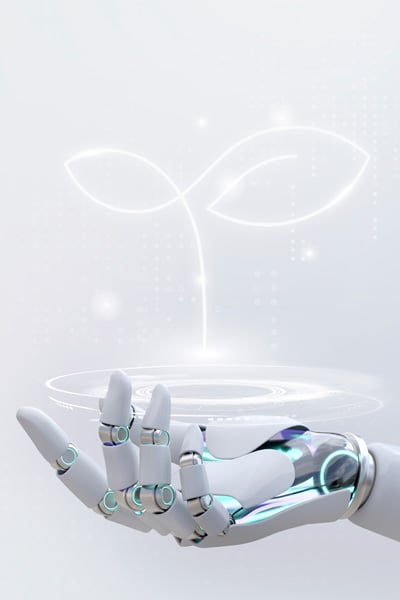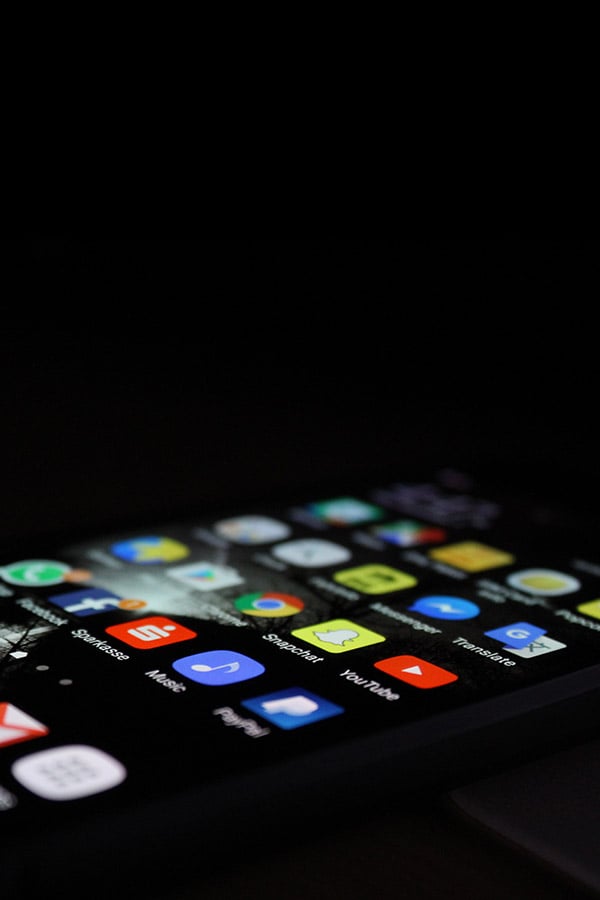In today’s technology-driven world, Closed-Circuit Television (CCTV) cameras have become a ubiquitous presence in our lives. From securing our homes to monitoring public spaces and businesses, CCTV cameras are crucial in enhancing security. But have you ever wondered how these watchful eyes work their magic? In this demo blog, we’ll unravel the mysteries of CCTV cameras and provide you with a step-by-step explanation of their functioning.

Step 1: Capturing the Scene
At the core of every CCTV camera is an image sensor, typically a Charge-Coupled Device (CCD) or Complementary Metal-Oxide-Semiconductor (CMOS) sensor. These sensors act as the camera’s eyes, capturing images and converting them into electronic signals.
Step 2: Lens and Light
Before an image can be captured, light from the scene passes through the camera’s lens. The lens focuses this light onto the image sensor, much like the human eye focuses on the retina.
Step 3: Image Processing
Once the image sensor receives the light, it converts the visual information into an electronic signal. The sensor does this by measuring the intensity of light at each pixel, creating a digital representation of the scene.
How to cctv camara demo

Step 4: Analog to Digital Conversion
The electronic signal generated by the image sensor is in analogue format. To make this signal useful for further processing, it undergoes analog-to-digital conversion. This process transforms the analogue signal into a digital one, which is easier to work with using modern technology.
Step 5 Transmission
Now that the camera has a digital representation of the scene, it’s time to transmit it to a recording device or monitor. CCTV cameras use various types of cables, such as coaxial, twisted pair, or even wireless connections, to send this data over a closed circuit to the monitoring station.

Step 6: Display or Storage
The received video data can be displayed on a monitor at the monitoring station in real-time. Alternatively, it can be stored for later review and analysis. This recorded footage is invaluable for security, investigations, and evidence collection.
Step 7: Remote Access (Optional)
In modern CCTV systems, remote access is a common feature. It allows authorized users to view the camera’s live feed or recorded footage from anywhere with an internet connection, often using smartphones or computers.

Step 8: Monitoring and Analysis
CCTV camera footage can be monitored in real-time by security personnel. They can respond to any suspicious activity or incidents as they occur. Additionally, the recorded footage can be reviewed for investigations or auditing purposes.
Conclusion: How to cctv camara demo
CCTV cameras are marvels of modern technology, working seamlessly to capture, convert, and transmit images for security and surveillance purposes. Understanding how they work can help you make informed choices when setting up a CCTV system for your home or business. With their ability to deter and document incidents, to CCTV camera demo CCTV cameras play a significant role in maintaining safety and security in an increasingly interconnected world.
Also, have a look at the Top 3 Best CCTV Camera Brands in India 2023: Enhance Your Security
Alao have alook at entertainment Vidmatecloud.in










